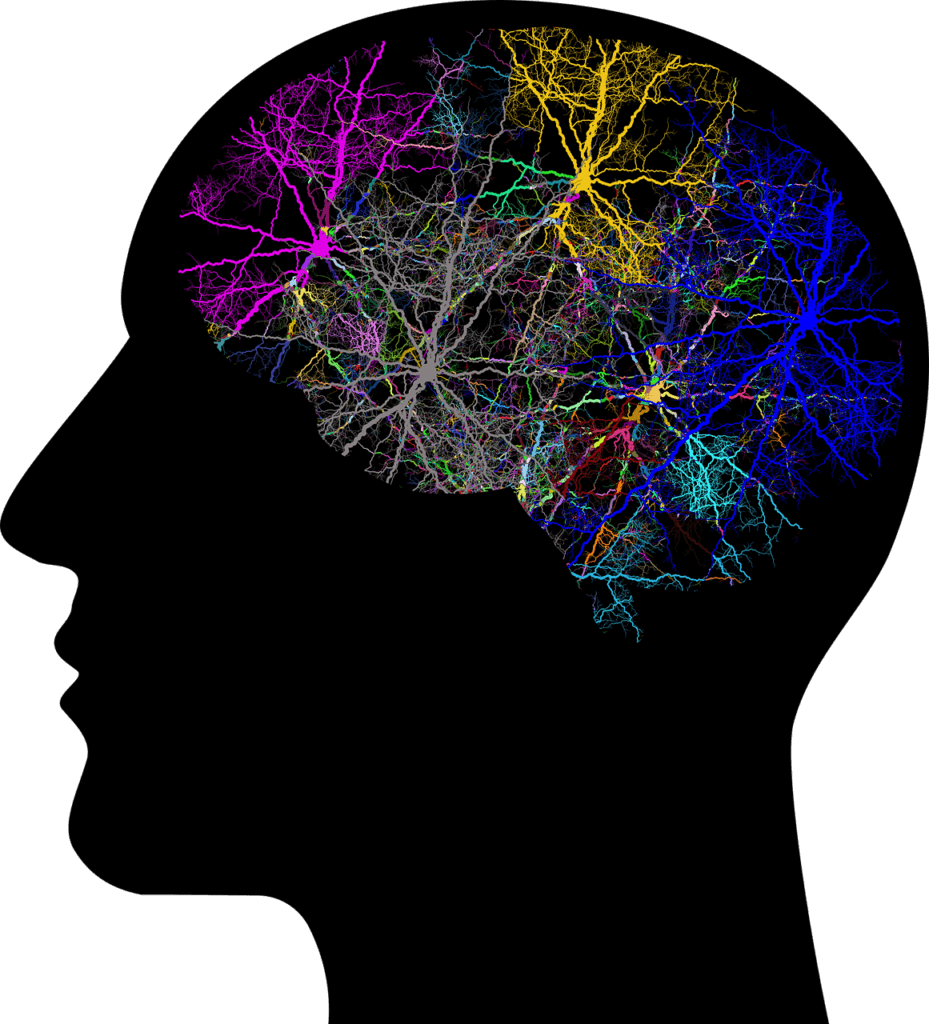 The digital world we live in today creates a lot of noise. With statistics showing that we’re likely exposed to more than 5,000 ads per day, one of the greatest challenges for marketers becomes the ability to reach their target audience through all the noise. Creating a message and brand that sticks is not about being the loudest. It requires a company to take a more holistic approach to marketing and build a strategy that includes analytics, consumer data, and even neuroscience principles.
The digital world we live in today creates a lot of noise. With statistics showing that we’re likely exposed to more than 5,000 ads per day, one of the greatest challenges for marketers becomes the ability to reach their target audience through all the noise. Creating a message and brand that sticks is not about being the loudest. It requires a company to take a more holistic approach to marketing and build a strategy that includes analytics, consumer data, and even neuroscience principles.
Now, you might be thinking that neuroscience is more of a medical field, but we are going to show you how applying certain neuroscience principles to your existing marketing strategy can help strengthen marketing campaigns and allow you to more easily connect with your customers, even through all the noise they are being inundated with on a daily basis.
First, let’s define what neuroscience is in relation to marketing. Neuroscience itself is the study of the nervous system, which includes the brain and spinal cord, but most neuroscientists choose to research the brain and how it influences behavior. Thus, when applied to marketing, neuroscience becomes a way of understanding the mind of your target audience and how you can shape campaigns around existing behaviors to better reach your potential customers where they are.
Now let’s discuss a few specific neuroscience principles and how they can help you as a marketer build stronger, more effective campaigns:
Belief-Bias Effect
The belief-bias effect is when a person’s beliefs, values or prior knowledge distorts the reasoning process or ability to make data-driven conclusions. So instead of trying to persuade a potential customer to buy your product or service with little success, alternatively you could use their existing beliefs and change up the language around your offering to help show them how your product or service fits into their current lifestyle and belief system. This requires a deep understanding of your target audience, their beliefs and preferences in terms of marketing your products and services.
Bandwagon Effect
Almost in opposition to the belief-bias, the bandwagon effect is when someone takes an action simply because other people are doing it. In this situation, they may even override their own beliefs just to feel included in the latest trend or hype. We see this happen with all the popular brands like Apple and Nike. To help tie this into your marketing campaigns, you could work on adjusting the language on your website pages, advertisements or print materials to help show that “everyone is buying X” product, or “switching to Y” service. It gives that extra boost to help curious consumers become life-long customers.
Distinction Bias
The distinction bias describes the human tendency to see more distinctions when viewing two options next to each other, as opposed to evaluating them separately. Having a side-by-side comparison of your products or service levels can help a buyer make a decision faster and with more confidence than if they did not have any comparison. When options are side-by-side, a potential customer is able to see distinct features, results or the price to make their final purchasing decision. Be sure to check out our previous blog for some inspiration on designing better mobile shopping experiences for your customers. You want to make sure it’s easy for them to compare different product options.
Visual Encoding
Visual encoding refers to the process by which we can remember visual images. We’ve touched on this before, how visuals can tell the best brand story and reach your audience far easier than text alone. Whether it’s publishing a post on social media, sending an email blast, or creating a new page on your website to launch a product or service, the principle of visual encoding reminds us that a potential customer is far more likely to remember your logo, photos or graphics used, than the content alone.
Feeling more prepared to tap into the mind of your target audience and build stronger, more holistic marketing campaigns? As always, be sure to contact our team of digital marketing strategists here at Sabre Digital Creative to design and implement your future (neuroscience approved) marketing campaigns!

